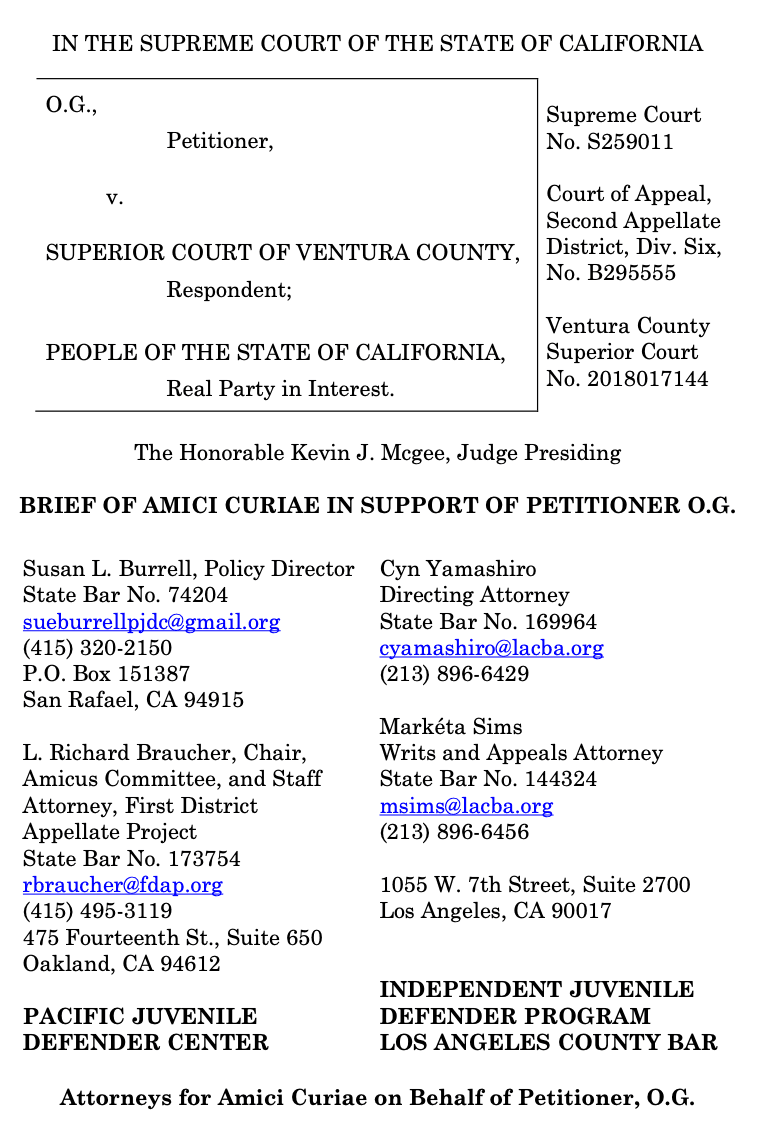
Summary of Argument
Under this Court’s decision in Amwest Surety Ins. Co. v. Wilson (1995) 11 Cal.4th 1243, 1256, it is presumed that the Legislature acted within its authority, and a statute will be upheld “if, by any reasonable construction, it can be said that the statute furthers the purposes” of the initiative. Of course, the court must examine the express statement of purpose included in the initiative. (Ibid.) But also, evidence of its purpose may be drawn from many sources, including the historical context of the amendment, and the ballot arguments favoring the measure. (Ibid, citing California Housing Finance Agency v. Patitucci (1978) 22 Cal.3d 171, 177.)Counsel for Petitioner has exhaustively responded to Real Party’s legal arguments on statutory interpretation and we will not repeat those arguments here. Instead, we will provide historical context and exploration of voter awareness and intent that supports the validity of the S.B. 1391 amendment.
Argument I summarizes the California legislative history of transfer law — its focus on capacity for rehabilitation, as well as longstanding imitations on transfer imposed by making transfer a judicial decision, and setting eligibility at age 16. The argument then turns to the historical interlude occurring between 1994 and 2000, when “get tough” laws permitted transfer at age 14, and, later, mandatory and discretionary transfer by prosecutors. Finally, the argument explores evolving consciousness about treatment of adolescents, research on delinquency, court cases and legislation that formed the context in which voters enacted Proposition 57, reversing the extreme measures of the “get tough” era.
Argument II examines the public discussion surrounding the vote on Proposition 57, and what the voters knew from the text of the measure and the ballot materials.
Argument III concludes that S.B. 1391 was consistent with and furthered the intent of Proposition 57 in subjecting fewer youth to prosecution in the adult system.